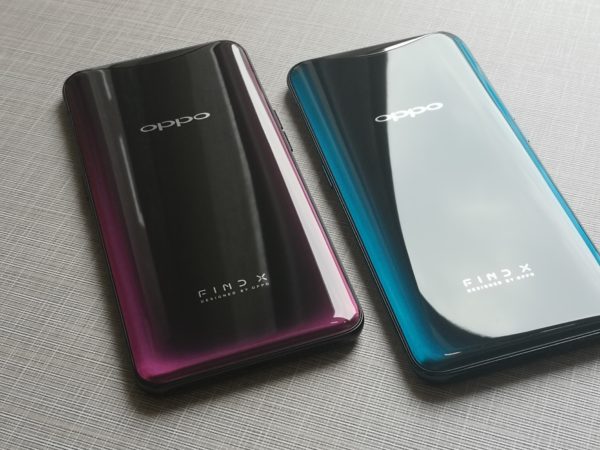
Since its unveiling in June, the Oppo Find X has captured the imagination for many right reasons.
The pop-up camera at the top is the first of its kind. And the Chinese phone maker, riding on a wave of interesting designs from the country, has rightly in the spotlight. Question is, is that enough to make this flagship win over users?
On paper, the Oppo Find X is hitting all the right notes. It has the fastest Qualcomm Snapdragon 845 chip, 8GB of RAM and a fairly large 3,730mAh battery,
You also a gorgeous 6.4-inch AMOLED screen that takes up a whopping 93.8 per cent of the phone’s surface. Thin edges with very skinny bezels to show make the phone look extremely sleek.
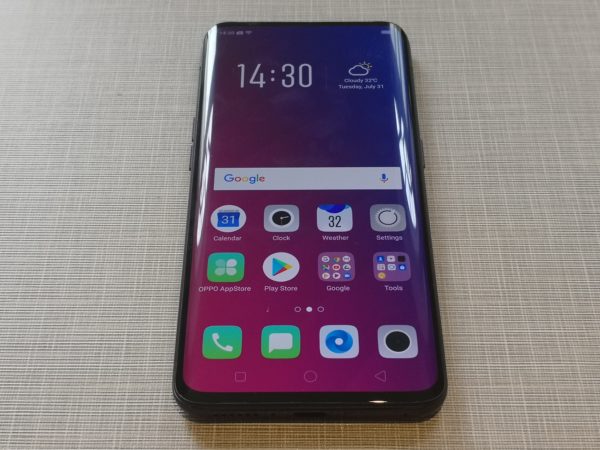
Here’s where the phone’s big feature comes to the fore, literally. To make the screen seem so big, the cameras have been integrated into a one-of-a-kind module that pops up when you need it.
It houses a 3D facial recognition system that recognises you when you need to unlock the screen. Here, the camera is a 25-megapixel, f2.0 affair that doubles up as a selfie camera. At the back, you get a main camera with a dual-lens setup with 20-megapixel and 16-megapixel sensors.
Essentially, the module frees up space to be used for the screen and there’s no need for the iPhone-like notch we see so often in the latest bunch of smartphones.
This is coupled with the attractive dual-tone glass back that creates the eye-catching gradient effect that lends the Find X an air of sophistication. I must say the Chinese company has done very well with a design that is really easy on the eye.
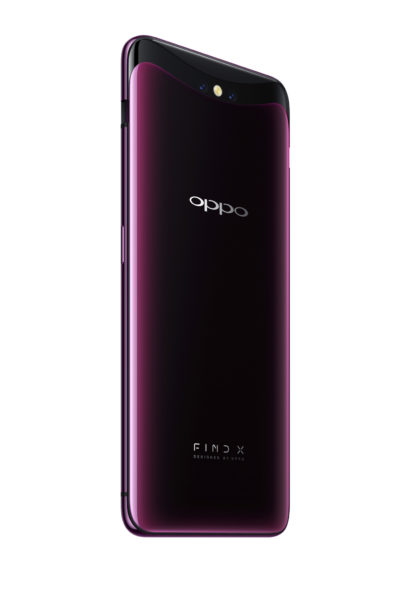
I do see some similarity with Samsung’s Galaxy phones in the two weeks I’ve been trying out the Oppo phone. It has the same curved screen and glass back, much like the Korean phones. Personally, I don’t like that it doesn’t give me as much grip as I want.
For an avid shooter like me, getting a good hold of the phone is essential. Good thing that the phone comes with optical image stabilisation for its camera. Add a phone case and I get a better grip to prevent unwanted camera shake.
The Find X does not hit a home run, though. There is no wireless charging and Android Pay cannot be used because of the lack of NFC (near-field communication), despite the fact that it has a glass back.
What I’m more concerned about is the issue of overheating. When I was using the Find X to navigate my way around Bangkok using Google Maps, the phone heated up quite noticeably. I was worried it would impact performance as well.

I also found myself struggling a bit while using the Oppo Find X as a point and shoot camera. When preparing a shot in landscape orientation, my left hand often hinders the camera module from popping out.
What’s more, the 3D facial recognition system doesn’t work in landscape orientation and I need to unlock the phone using my passcode or put the phone in portrait orientation and try again.
To be fair, I can just activate the camera just by swiping the camera icon on the login page but there will be no access to my older images until I logged in properly.

The distortion created by the camera is disconcerting when shooting portraits. I find my subject’s face become a little disproportionate on review.
When activating the manual mode, I was expecting to see full manual controls but I still had to tap on another icon just to access them. This is a longer process than necessary. Fortunately, if you are in auto mode, things are easier.
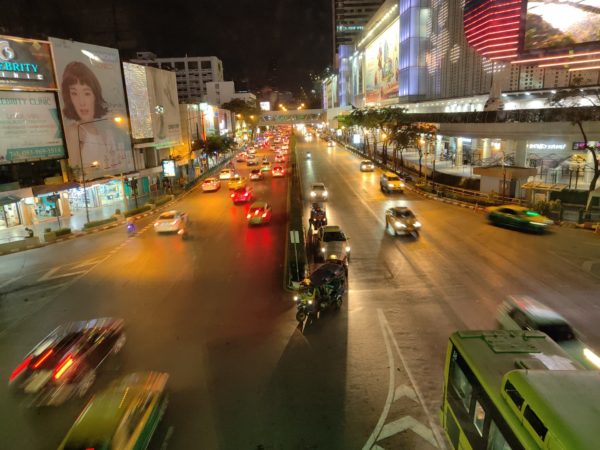

What I do like is the artificial intelligence (AI) on the Oppo Find X. When shooting, it reliably recognises the scenes being presented on screen. Generally, it can shoot very well, though colour saturation seems tuned a bit too high for my taste.
The slow-mo capture, however, is a hit-and-miss affair. I’m surprised the phone even has to refocus in the middle of the video, which is disruptive. Do note that it is shot in bright daylight so the phone shouldn’t struggle this much.
When I first got my hands on the Oppo Find X, I was concerned that the mechanical camera module would suffer from repeated usage. I’m still a little worried after using the phone for a couple of weeks.
In that time, I’ve found dust trapped in the small space between the chassis and the camera module. As the Find X is not dust- or water-resistant, the constant movement of the camera module may affect the long-term performance of the phone. Can Oppo offer an extended warranty for the camera module to allay fears?
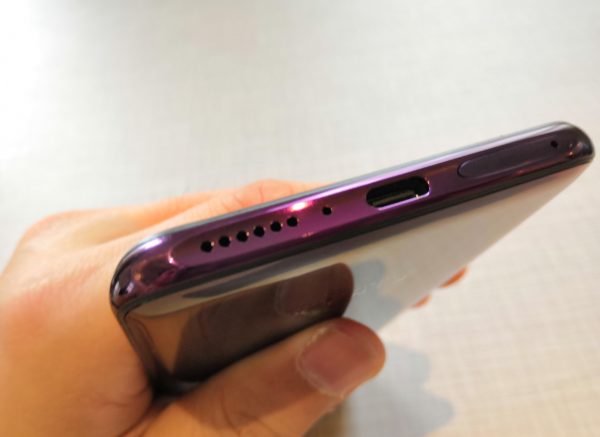
Staring from S$1,199, the Oppo Find X is considered a high-end flagship smartphone, which means it has to have packed in most of the expected features. Unfortunately, it’s puzzling why it lacks an important feature like NFC or wireless charging. It also doesn’t have a headphone jack.
Plus, the base model with 128GB storage only supports the company’s VOOC quick charge. The faster SuperVOOC which juices things up in 35 minutes is only available in a 256GB version of the Find X (S$1,399) and a special Lamborghini version (€1,699 or S$2,696).
So, while the pop-up camera module rightly has created some buzz, you’d have to deduct some points for the lack of other features. Some users might also not think that the headline feature is all that useful.
For something practical, they might think of Samsung’s S-Pen stylus which can remotely control the Galaxy Note 9, for example. They’d want wireless charging, or perhaps a larger battery capacity. Those are things that the Oppo Find X have to compete with, despite winning their attention.






